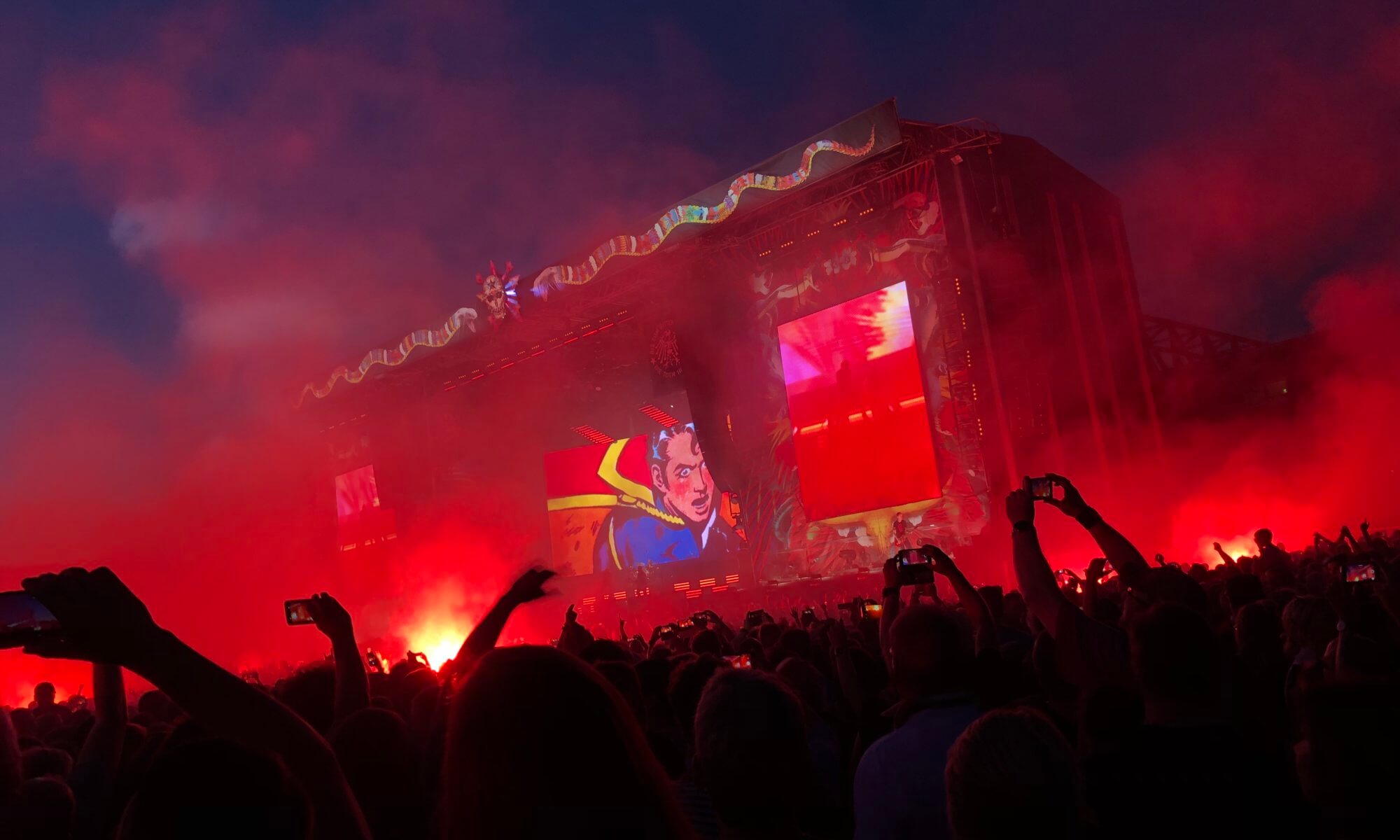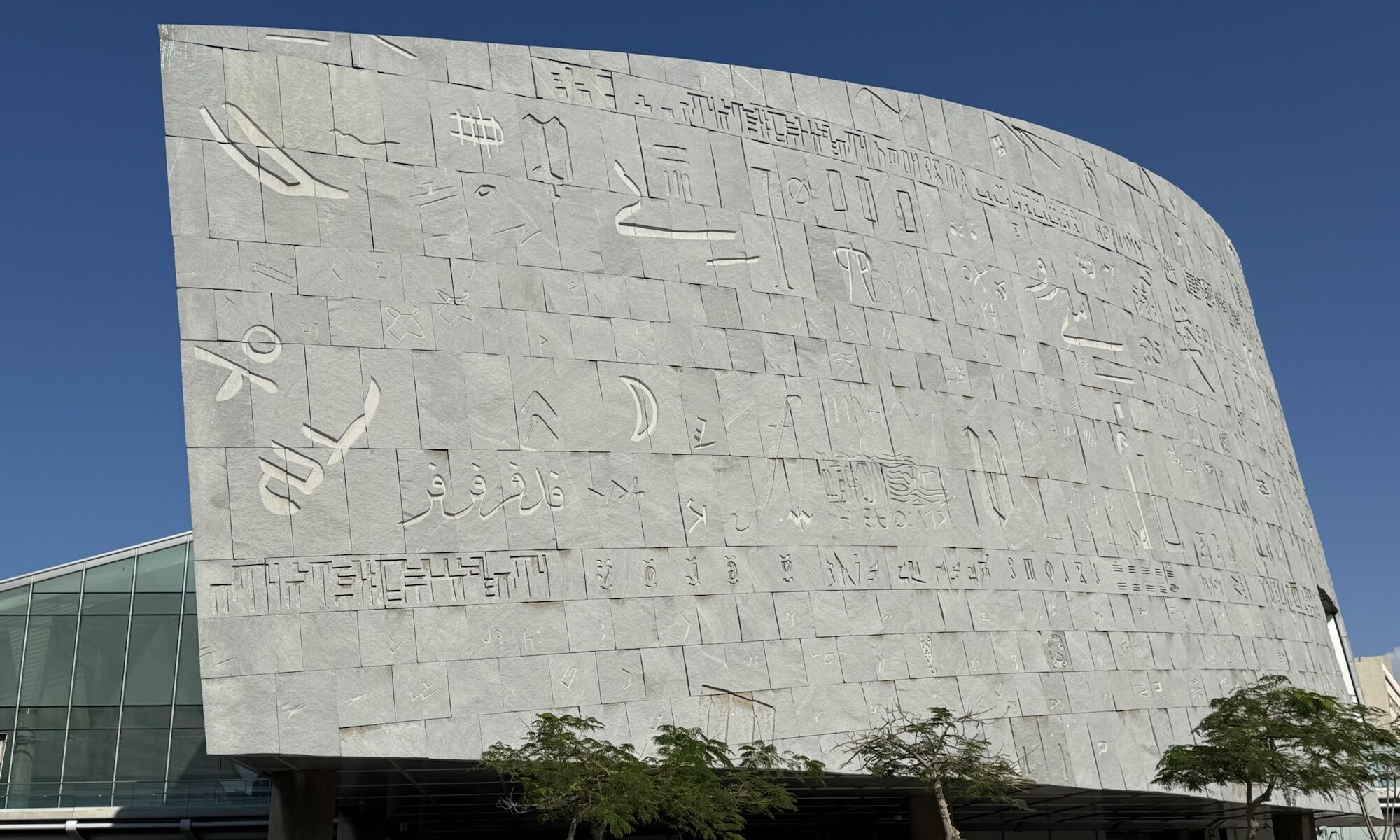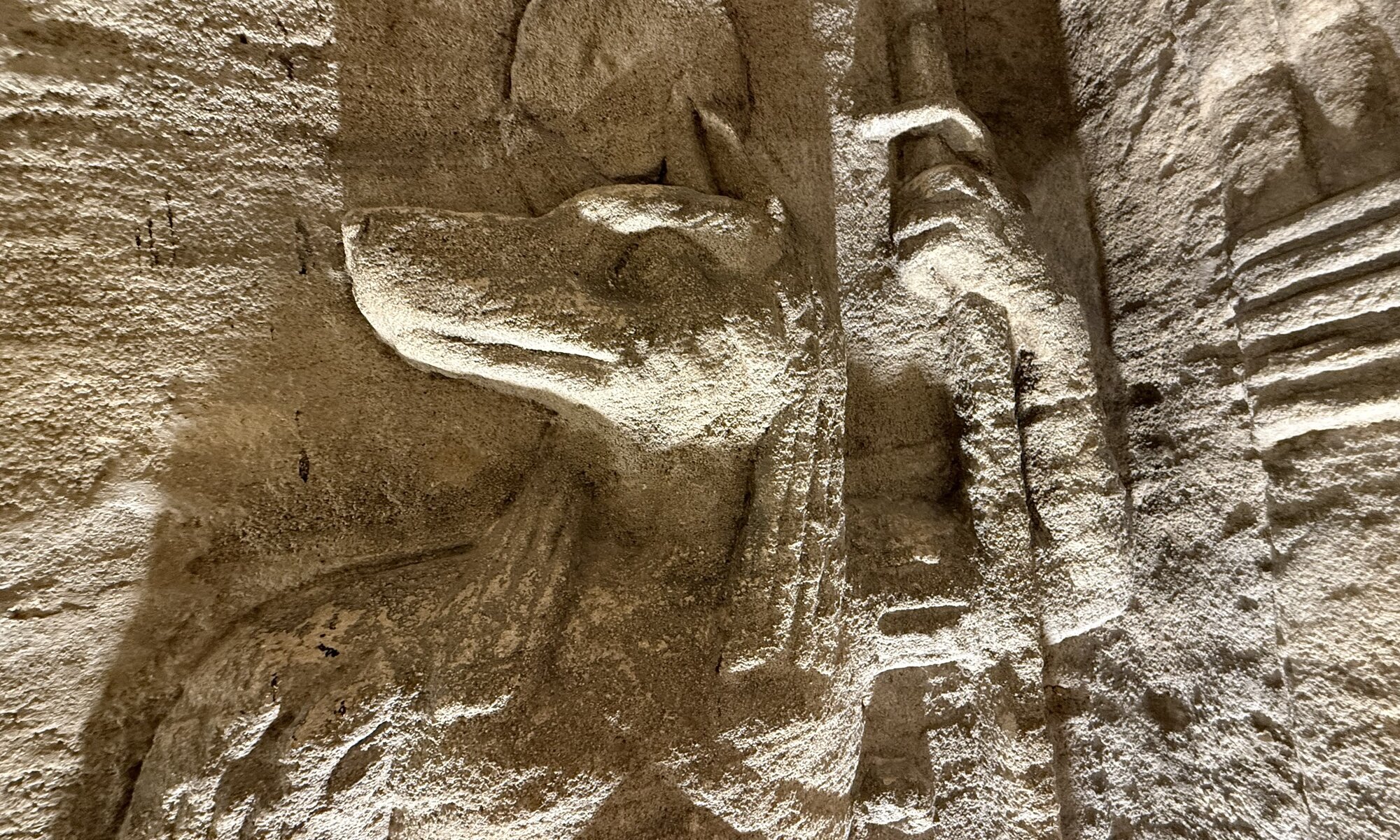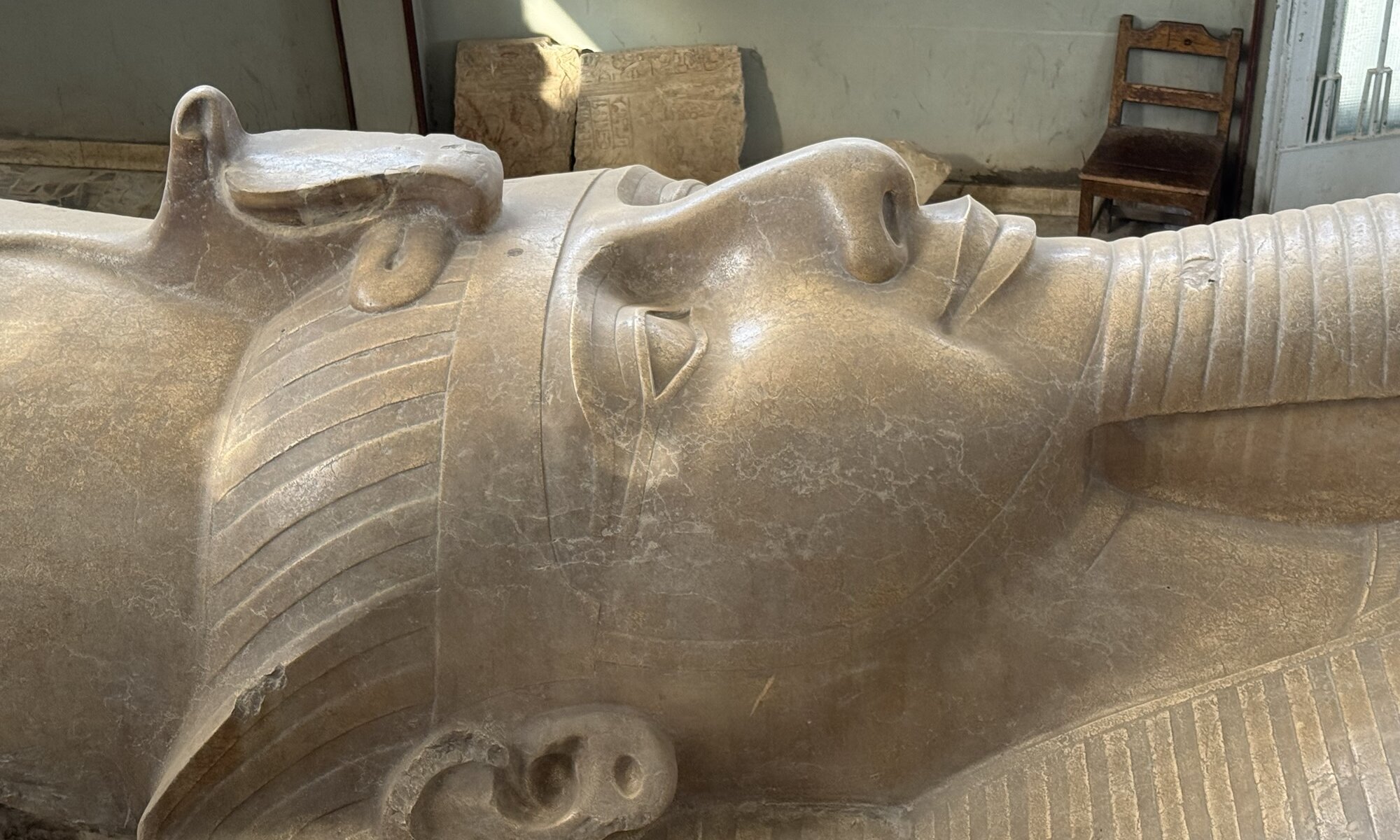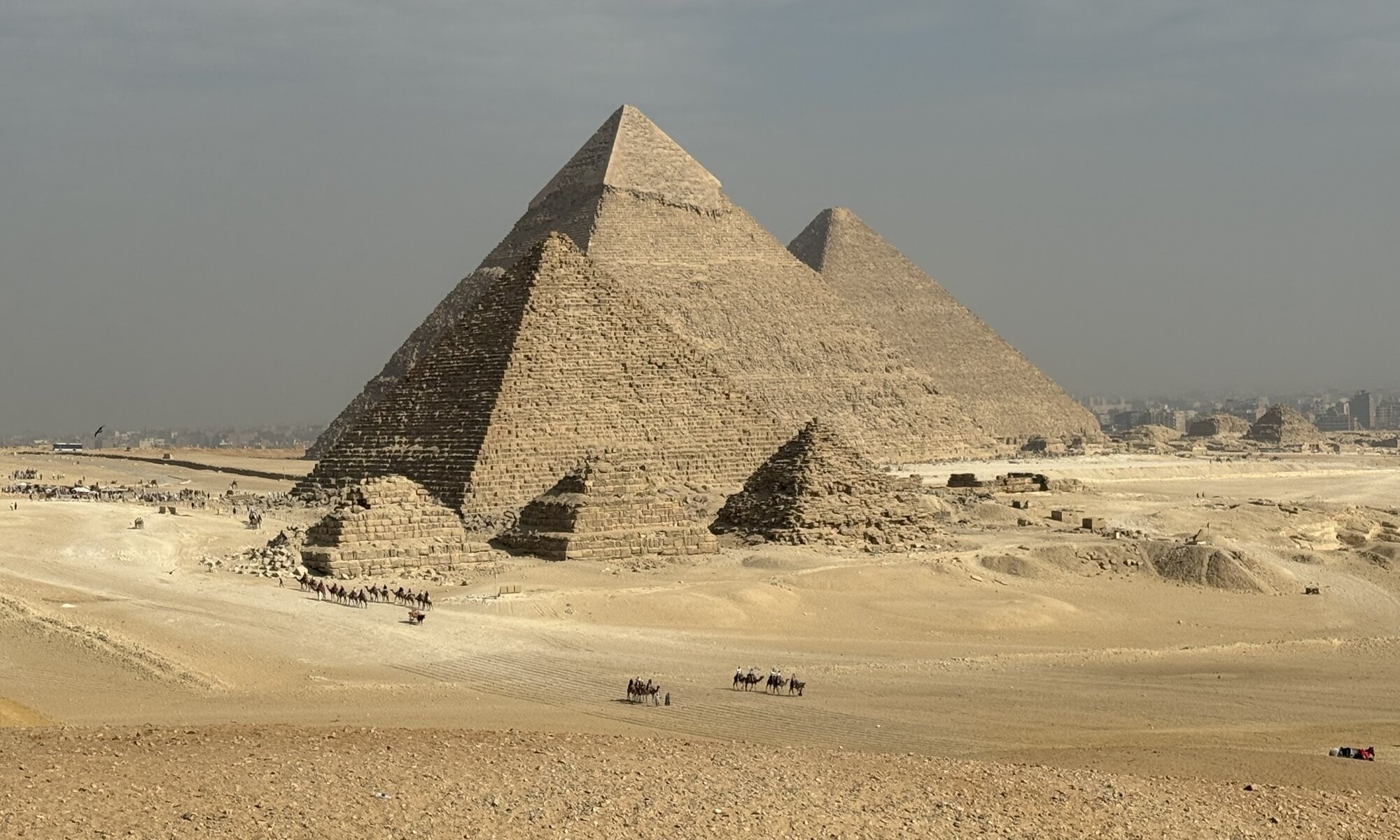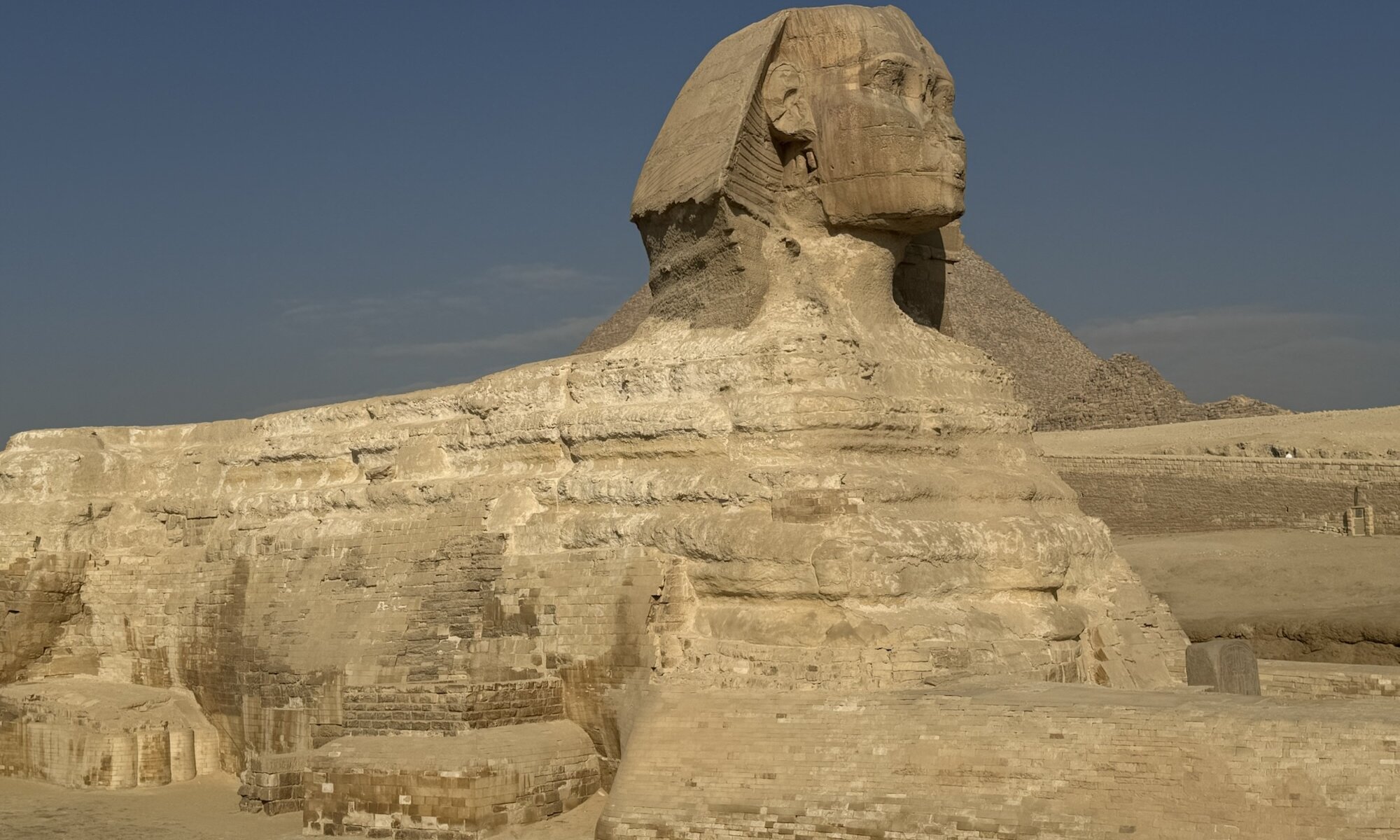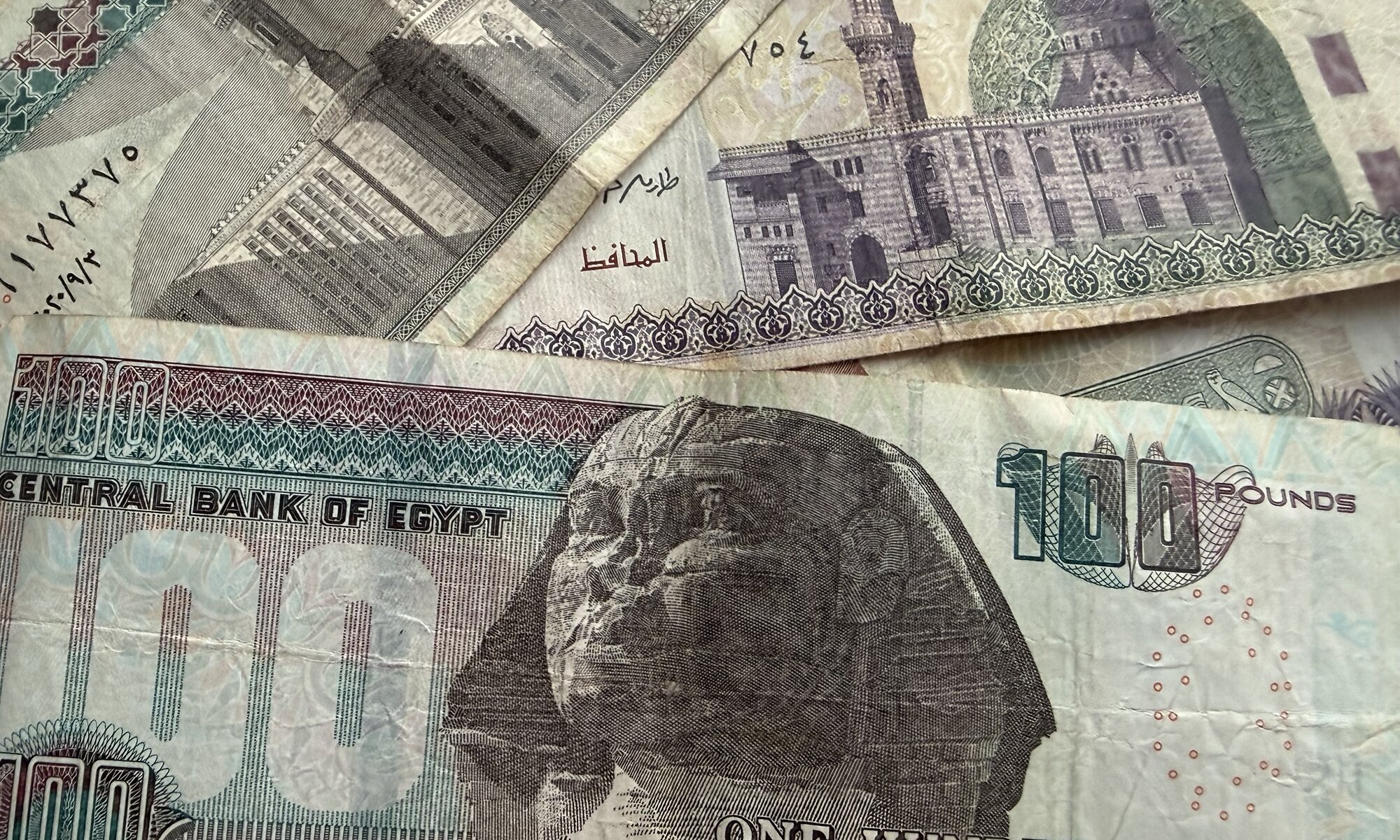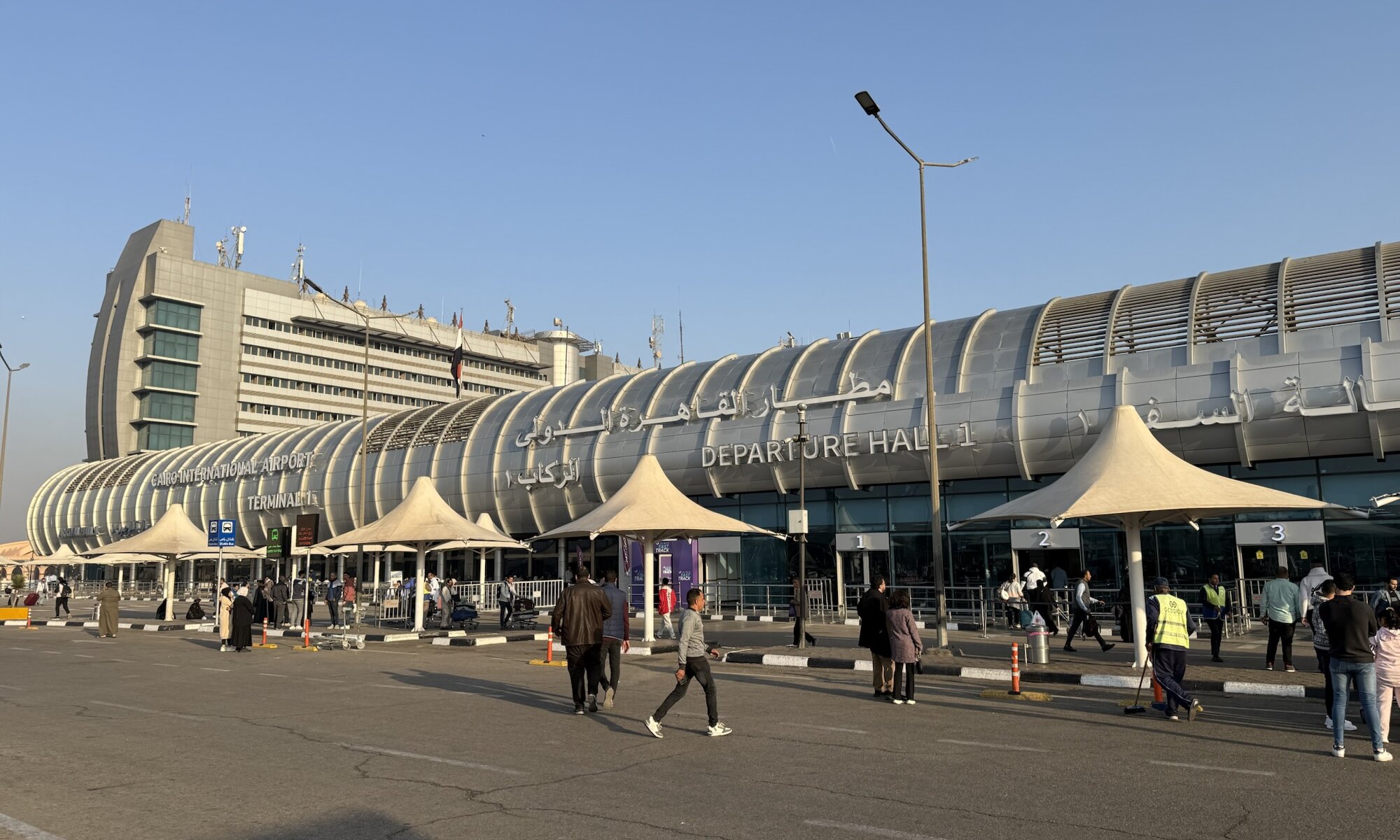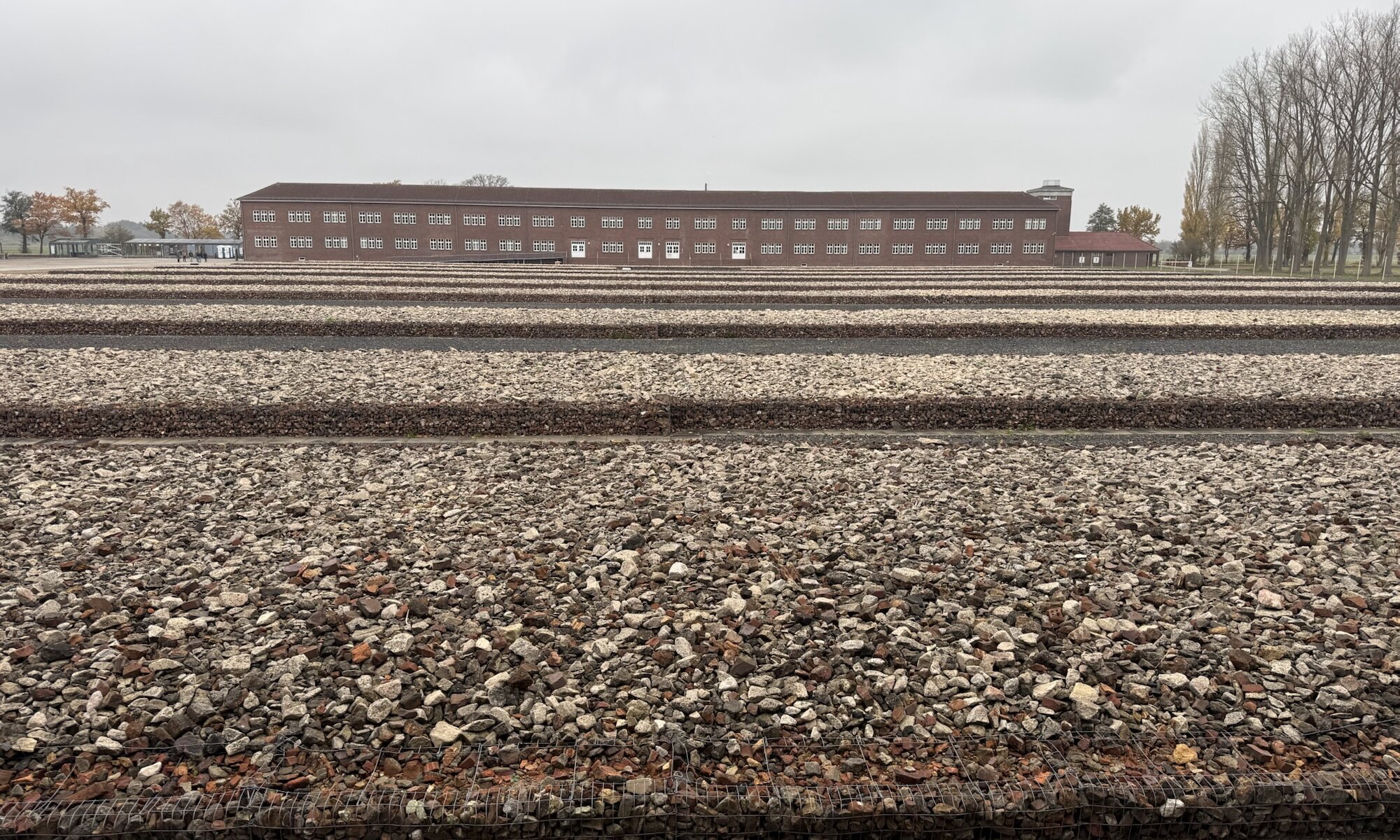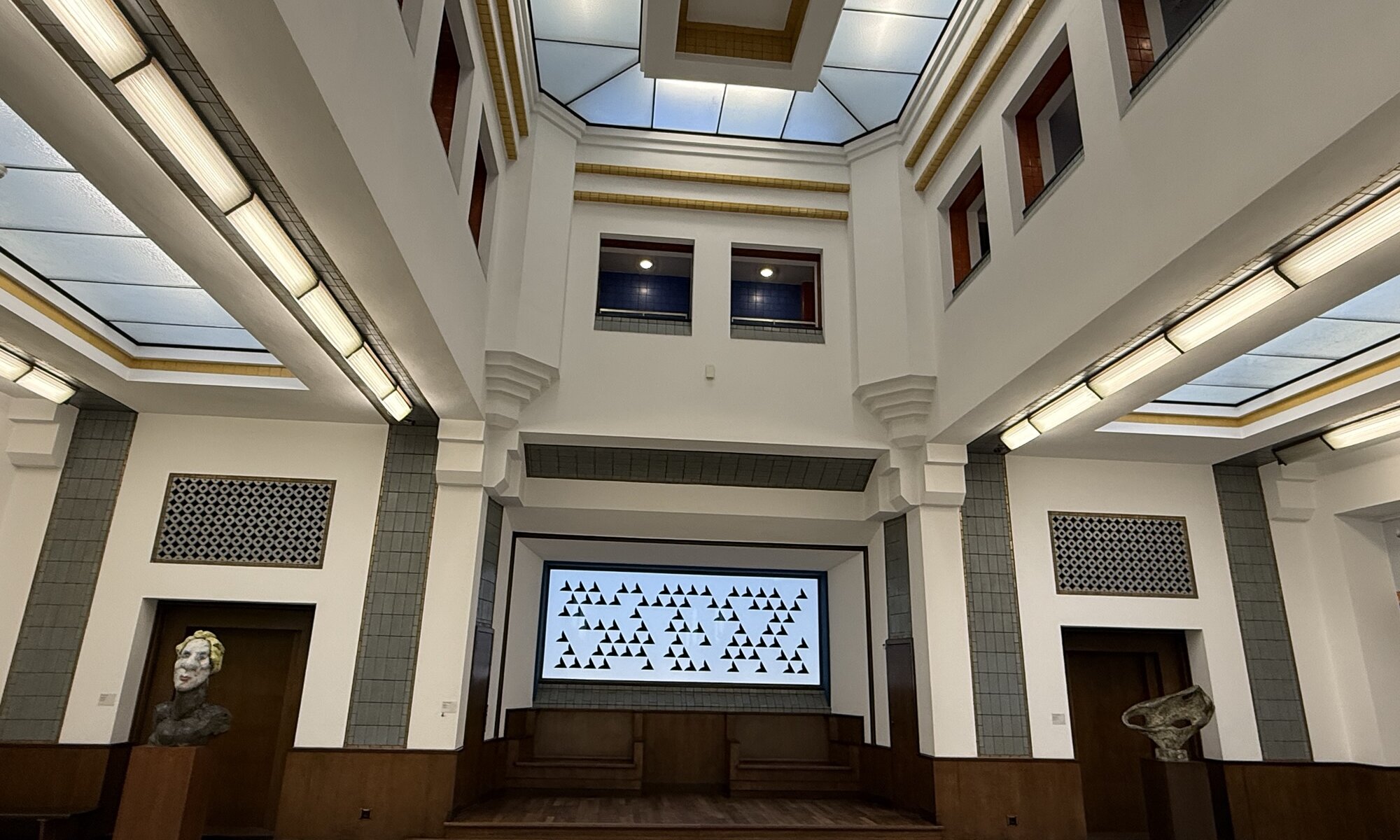The Bibliotheca Alexandrina is a modern revival of the ancient Library of Alexandria, one of the most famous cultural and intellectual centres of the ancient world. The original library, founded during the reigns of the early Ptolemies around the 3rd century BC, was renowned as a hub for scholars, artists, and scientists. It housed hundreds of thousands of scrolls and texts across various fields, amassing knowledge from different civilisations. Unfortunately, the ancient library was destroyed over several centuries, likely due to fires and invasions, finally vanishing by the late 3rd century AD.
Continue reading “Bibliotheca Alexandrina”Who is who
Travelling through Egypt offers a captivating journey into the lives of its many historic figures, both divine and human. From the earliest mythological beings worshipped along the Nile to the formidable leaders whose ambition shaped empires, each story reveals another layer of the country’s timeless heritage. To truly appreciate the depth of Egyptian culture, one should take time to explore the history behind these personalities, whose legacies continue to influence the nation’s spirit today.
Continue reading “Who is who”Memphis
The ancient city of مَنْف in Egypt holds a remarkable place in history as one of the earliest urban settlements, founded around 3100 BCE. It was established by Menes (or Narmer), who is credited with uniting Upper and Lower Egypt, making مَنْف the first capital of a unified Egyptian kingdom. The city’s original name, often translated as ‚White Walls‘, possibly referred to its royal palace. مَنْف stood as the political and religious heart of Egypt during the Old Kingdom and remained an important centre through several dynasties. Although its status as capital was eventually superseded by Thebes and later الإسكندرية, Memphis still played a significant role in the economic and religious landscape of ancient Egypt for much of its history. It is also the place in which Alexander the Great was crowned as Pharao of Egypt – stepping into the footsteps of Ramses II.
Continue reading “Memphis”Djoser
The Step Pyramid of Djoser, located in the Saqqara necropolis near ancient Memphis, stands as the earliest colossal stone building in Egypt and represents a pivotal moment in architectural history. Constructed during the 27th century BCE, in the Third Dynasty, it was commissioned as the tomb for Pharaoh Djoser. Designed by the renowned architect and ancient polymath Imhotep, this pyramid marks the transition from traditional mastaba tombs to the revolutionary step pyramid design, featuring six distinct tiers that rise about 62 metres high. The structure was originally clad in polished white limestone, intended to stand gleaming under the Egyptian sun, and its base aligned roughly with the four cardinal points.
Continue reading “Djoser”The Pyramids
The Pyramids of Giza, standing on the edge of the western desert near القاهرة, are the enduring symbols of ancient Egypt’s grandeur. Constructed during the Fourth Dynasty around 2600 to 2500 BC, these monumental tombs were built for Pharaohs Khufu, Khafre, and Menkaure, known in Greek as Cheops, Chephren, and Mykerinos. The Great Pyramid of Khufu was the earliest and largest, originally standing at about 146 metres and built from more than two million limestone blocks. Nearby, the smaller pyramids of Khafre and Menkaure followed, forming a remarkable necropolis that reflected not only royal power but also the Egyptians’ refined mastery of architectural engineering and celestial alignment.
Continue reading “The Pyramids”Great Sphinx
The Great Sphinx of Giza, one of Egypt’s defining symbols, is believed to have been built during the reign of Pharaoh Khafre around 2500 BC. Carved directly from the limestone bedrock of the Giza Plateau, it bears the head of a pharaoh and the body of a lion, symbolising royal power and divine protection. Scholars associate the monument with Khafre’s pyramid complex, since the Sphinx faces his pyramid and shares architectural similarities with nearby temples. Some have speculated it could depict an earlier ruler such as Khufu or Djedefre, but no definitive inscriptions have ever confirmed its maker. Its original Egyptian name, Hor-em-Akhet, meant ‚Horus of the Horizon‘, a fitting symbol for its gaze towards the rising sun across the desert sands.
Continue reading “Great Sphinx”Pounds, piastres & qirsh
The currency of Egypt is known as the Egyptian pound, locally called the ‚geneih‘. It has been the country’s official monetary unit since 1834, when it replaced the piastre as the main accounting measure under Ottoman influence. Initially, the currency was tied to sterling during the British occupation and later to the U.S. dollar before moving to a floating exchange rate in the twenty‑first century. The most recent phase of its evolution has been marked by significant devaluations as part of economic reforms aimed at stabilising the Egyptian economy and encouraging foreign investment.
Continue reading “Pounds, piastres & qirsh”Cairo International
Cairo International Airport stands as Egypt’s principal gateway to the world and one of Africa’s busiest aviation hubs. Originally established in the 1940s as a military airfield known as Payne Field during the Second World War, it was transformed into a civil airport in 1963 to serve the growing demands of Egypt’s capital. Over the following decades, it expanded steadily, replacing the earlier Heliopolis Airport, which could no longer accommodate the increasing volume of passengers and cargo. Each subsequent phase of development reflected القاهرة’s evolving position as a crossroads between Africa, Asia, and Europe.
Continue reading “Cairo International”Neuengamme
The Neuengamme concentration camp, located in the outskirts of Hamburg, was established by the SS in late 1938 initially as a subcamp of Sachsenhausen before becoming independent in 1940. The site, built around a disused brickworks, played a grim role in Nazi efforts to exploit forced labour for the war economy, with prisoners compelled to endure backbreaking tasks under brutal conditions. Over its seven-year existence until liberation in May 1945, Neuengamme became the central concentration camp in north-west Germany, expanding to include dozens of satellite camps throughout the region.
Continue reading “Neuengamme”Kunstmuseum
The Kunstmuseum in Den Haag stands as an emblem of modern art institutions, rooted in an illustrious history dating back to 1866 when a group of artists and collectors founded the Society for the Development of a Museum of Modern Art. Their vision was embraced by civic leaders and prominent artists such as Philip Sadée and Hendrik Willem Mesdag, transforming the museum into a cultural centrepiece for Den Haag. The collection grew rapidly, outstripping its initial premises until it found a permanent home at its present site, reflecting both the historical depth and continuous expansion of its holdings through the nineteenth and twentieth centuries.
Continue reading “Kunstmuseum”